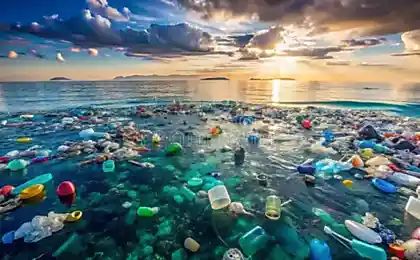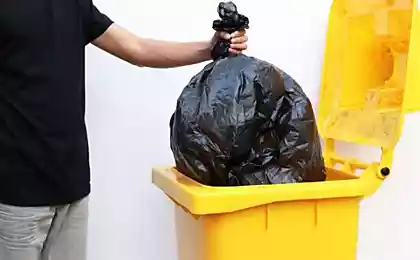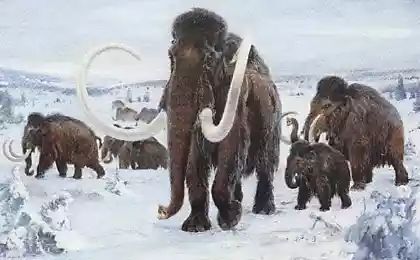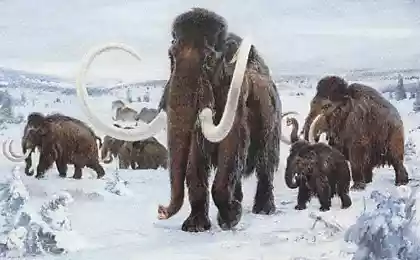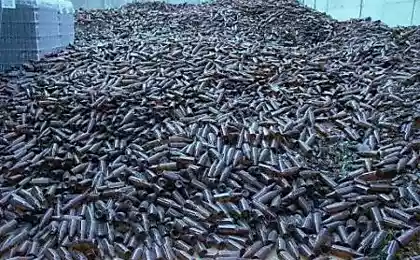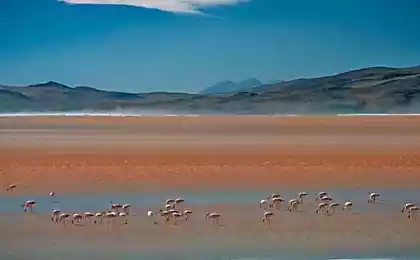733
Because the oceans are gone tons of garbage

One version of the researchers of this phenomenon - the garbage eating fish. "The plastics have the potential to enter the food chain through the global ocean, - says Carlos Duarte, an oceanographer at the University of Western Australia in Crawley. - And we, too, will become part of the food web ».
People produce nearly 300 million plastic per year. Most of it ends up in landfills. But in the 1970s, the study of the National Academy of Sciences of Australia revealed that 0, 1% of plastic gets into the ocean together with the rivers flowing into it, during floods and storms, and thanks to sea-going vessels. Some materials are trapped in the Arctic ice, some of them nailed to the shore, and some may even form a huge garbage spots and islands. But the vast majority of the waste still continues to sail on the oceans and seas.
To find out how much garbage is floating in these "spots", the scientists went to sea in four ships a research project to study the oceans Malaspina expedition. They were caught by a fine plastic mesh in all five major ocean current circulations in 2010 and 2011. Then, using these data, the researchers calculated the global pollution of the ocean plastic. It was expected that the figures will reach millions of tons, but in the end the figure was much more modest: 40 thousand tons. That is 99% of plastics in the ocean is simply not managed to find.
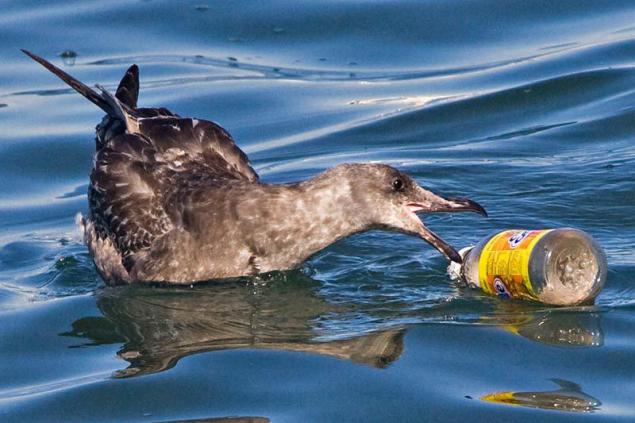
According to the head of the expedition, a lot of plastic particles can be eaten by marine animals. While plastic floating in the open ocean, waves and sunlight may divide it into smaller and smaller particles. Eventually, they become so small that they can look like a fish feed.
Experts say that marine animals eat plastic, but to understand the biological consequences of this process is impossible. The plastic can "cling" and other toxic pollutants, such as mercury. When small animals eat a poisoned plastic poison can then enter the food chain to market species, such as tuna or body swordfish. However, it may be that small fish are dying from poisoning or poison vomit, thus not affecting the species that eats people.
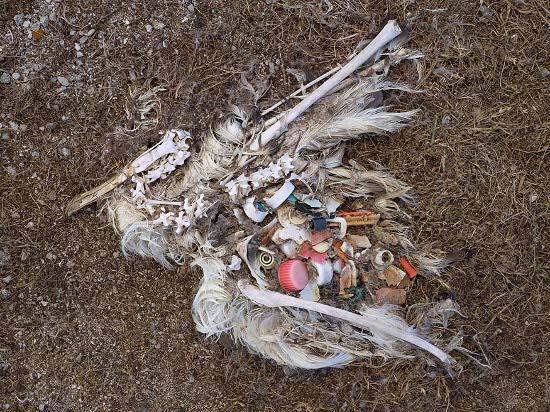
It extends and many other hypotheses to explain the mysterious disappearance of plastic. For example, there is a possibility that plastic simply goes under the water column to the sea floor by the weight of the particles adhering to the microorganisms or animal excrement, or microorganisms that consume it.
"The presence of plastics on the seabed is the worst-case scenario - said ecologist Andreas Kozar from the University of Cadiz, Spain. - In the depths of the ocean will cause the accumulation of plastic, irreversible changes of this mysterious ecosystem before we will be able to understand it ».

Source: www.dni.ru


